Home>Gardening & Outdoor>Landscaping Ideas>How To Fertilize New Grass Seed


Landscaping Ideas
How To Fertilize New Grass Seed
Modified: February 18, 2024
Learn the best landscaping ideas for fertilizing new grass seed. Discover effective techniques to promote healthy growth and lush greenery in your lawn. Ideal for homeowners and gardening enthusiasts.
(Many of the links in this article redirect to a specific reviewed product. Your purchase of these products through affiliate links helps to generate commission for Storables.com, at no extra cost. Learn more)
Introduction
Welcome to the exciting journey of nurturing new grass seed into a lush, vibrant lawn! Fertilizing new grass seed is a crucial step in establishing a healthy and resilient lawn that will be the envy of your neighborhood. In this comprehensive guide, we will delve into the intricacies of fertilizing new grass seed, covering everything from understanding the relationship between grass seed and fertilizer to the best practices for application. By the end of this article, you will be equipped with the knowledge and confidence to foster the growth of your new grass seed into a verdant carpet of beauty.
As we embark on this horticultural adventure, it’s essential to grasp the fundamentals of grass seed and fertilizer, including the optimal timing for fertilization and the selection of the right fertilizer for your specific needs. Additionally, we will explore the techniques for applying fertilizer to new grass seed and provide valuable tips to ensure that your efforts yield a thriving and resilient lawn.
Whether you are a seasoned gardener or a novice enthusiast, this guide is designed to demystify the process of fertilizing new grass seed, empowering you to make informed decisions and take the necessary steps to nurture your lawn from its infancy to full maturity. So, roll up your sleeves, grab your gardening tools, and let’s embark on this enriching journey of fostering new grass seed into a flourishing, emerald expanse!
Key Takeaways:
- Patience is key when fertilizing new grass seed. Wait for the seedlings to establish before applying fertilizer to ensure healthy growth and avoid harming delicate plants.
- Choose the right fertilizer for your grass seed. Consider nutrient composition, release mechanism, and soil deficiencies to support robust growth and establishment.
Read more: When To Fertilize New Grass
Understanding Grass Seed and Fertilizer
Before delving into the intricacies of fertilizing new grass seed, it’s essential to comprehend the symbiotic relationship between grass seed and fertilizer. Grass seed serves as the foundation for your lawn, containing the genetic potential for lush, resilient turf. However, for this potential to be fully realized, the seed requires essential nutrients provided by fertilizer.
Grass seed, whether it’s cool-season varieties like Kentucky bluegrass and fescue or warm-season types such as Bermuda grass and Zoysia, contains the genetic blueprint for your lawn. When combined with the right fertilizer, these seeds germinate and develop into robust, healthy grass plants. Fertilizer supplies vital nutrients such as nitrogen, phosphorus, and potassium, which are indispensable for the growth and development of the young grass seedlings.
Understanding the nutritional needs of your specific grass seed type is crucial for selecting the appropriate fertilizer. Different varieties of grass have distinct requirements, and a well-informed approach to fertilization ensures that your lawn receives the precise nutrients it needs for optimal growth.
Furthermore, the composition of the soil in which the grass seed is planted plays a pivotal role in determining its nutrient requirements. Conducting a soil test can provide valuable insights into the pH levels and existing nutrient content of the soil, enabling you to make informed decisions regarding the type and quantity of fertilizer needed to supplement the soil’s deficiencies.
By comprehending the intricate interplay between grass seed and fertilizer, you can lay a solid foundation for the successful establishment of your lawn. This knowledge empowers you to make informed choices when selecting and applying fertilizer, setting the stage for the vibrant, resilient turf that you aspire to cultivate.
When to Fertilize New Grass Seed
The timing of fertilizing new grass seed is a critical factor that significantly impacts the establishment and long-term health of your lawn. While it may be tempting to immediately apply fertilizer after sowing the grass seed, it’s essential to exercise patience and adhere to a strategic timeline for fertilization.
For optimal results, it’s advisable to wait until the newly planted grass seed has germinated and developed a strong root system before applying fertilizer. This typically occurs when the grass seedlings have been mowed at least three times. Fertilizing too early can potentially harm the delicate seedlings, as they may not be equipped to efficiently absorb and utilize the nutrients provided by the fertilizer.
Understanding the growth stages of new grass seed is instrumental in determining the ideal timing for fertilization. Once the grass seedlings have established a solid root system and exhibited robust growth, they are better equipped to benefit from the nutrients in the fertilizer, promoting healthy development and resilience.
Seasonal considerations also play a crucial role in determining the appropriate timing for fertilizing new grass seed. For cool-season grasses, such as Kentucky bluegrass and fescue, the optimal periods for fertilization are early fall and late spring. In contrast, warm-season grasses like Bermuda grass and Zoysia thrive when fertilized in late spring and early summer.
By aligning the timing of fertilization with the growth stages of the grass seedlings and considering the seasonal requirements of your specific grass variety, you can maximize the effectiveness of the fertilizer and support the vigorous establishment of your lawn.
Patience and strategic timing are key when it comes to fertilizing new grass seed. By waiting for the opportune moment to apply fertilizer, you set the stage for the successful development of a resilient and visually stunning lawn that will be the pride of your outdoor space.
Choosing the Right Fertilizer
Selecting the appropriate fertilizer for your new grass seed is a pivotal decision that can significantly influence the health and vibrancy of your emerging lawn. With a myriad of fertilizer options available, understanding the key factors that determine the right choice is essential for making an informed decision.
The three primary nutrients crucial for the growth of grass seedlings are nitrogen, phosphorus, and potassium. When selecting a fertilizer, it’s important to consider the nutrient composition, often represented as a series of three numbers on the packaging, such as 10-10-10. This indicates the percentage of nitrogen, phosphorus, and potassium in the fertilizer, respectively.
For newly seeded lawns, a fertilizer with a higher phosphorus content is beneficial, as phosphorus supports root development and overall plant establishment. Look for a fertilizer with a phosphorus percentage listed as the middle number in the series, such as 10-20-10, indicating a higher concentration of phosphorus relative to nitrogen and potassium.
Additionally, consider the granule size and release mechanism of the fertilizer. Slow-release fertilizers provide a steady supply of nutrients over an extended period, promoting consistent and sustained growth without the risk of fertilizer burn, which can occur with fast-release formulations.
It’s also advisable to choose a fertilizer specifically formulated for new or young grass seedlings. These formulations are designed to deliver the essential nutrients required for initial growth and establishment, providing the ideal balance of ingredients to support the unique needs of emerging grass seedlings.
Furthermore, consider the soil composition and any nutrient deficiencies identified through a soil test. This information can guide you in selecting a fertilizer that addresses specific deficiencies in the soil, ensuring that the grass seedlings receive the precise nutrients needed for robust growth.
By carefully evaluating the nutrient composition, release mechanism, and suitability for new grass seedlings, you can confidently select a fertilizer that aligns with the specific requirements of your lawn, laying the groundwork for a healthy and resilient turf that will thrive for years to come.
Water the newly seeded grass lightly and frequently to keep the soil moist, but not waterlogged. Use a starter fertilizer high in phosphorus to promote strong root development. Apply according to the package instructions.
How to Apply Fertilizer to New Grass Seed
Applying fertilizer to new grass seed requires a methodical approach to ensure even distribution and optimal absorption of nutrients by the emerging seedlings. By following best practices for fertilizer application, you can promote robust growth and establish a strong foundation for a lush, healthy lawn.
Prior to application, carefully read and follow the instructions provided on the fertilizer packaging. Adhering to the recommended application rates and guidelines is essential to prevent over-fertilization, which can harm the delicate grass seedlings.
It’s advisable to use a broadcast spreader for even and uniform distribution of the fertilizer. Adjust the spreader settings according to the manufacturer’s recommendations to achieve the desired coverage and application rate. Begin by dividing the lawn into smaller sections to facilitate systematic and thorough application.
Walk at a steady pace while operating the spreader, ensuring that the fertilizer is dispersed evenly across the entire lawn. Overlapping the edges of each section helps prevent uneven coverage and ensures that no areas are missed during application.
After spreading the fertilizer, lightly water the lawn to facilitate the incorporation of the nutrients into the soil. This step aids in the absorption of the fertilizer by the grass seedlings and promotes the activation of the nutrients to support healthy growth.
It’s important to exercise caution and avoid overwatering, as excessive moisture can lead to nutrient runoff and potential leaching, diminishing the effectiveness of the fertilizer application. Aim to provide sufficient moisture to aid in the absorption of the nutrients while preventing waterlogging of the soil.
Following the application of fertilizer, monitor the lawn closely for signs of healthy growth and development. Observe the color, density, and vigor of the grass seedlings, and make adjustments to your lawn care regimen as needed to support their ongoing progress.
By employing a systematic approach to applying fertilizer, you can nurture the new grass seed into a thriving and resilient lawn, setting the stage for a verdant expanse that enhances the beauty of your outdoor space.
Read more: How Soon To Fertilize New Grass
Tips for Successful Fertilization
Successfully fertilizing new grass seed involves a combination of strategic planning, attentive care, and a deep understanding of the unique requirements of emerging grass seedlings. By incorporating the following tips into your fertilization regimen, you can optimize the growth and development of your lawn, fostering a vibrant and resilient turf that flourishes for years to come.
- Soil Preparation: Prior to seeding and fertilizing, prepare the soil by removing debris, tilling the earth, and addressing any soil deficiencies identified through a comprehensive soil test. Well-prepared soil provides an ideal environment for the establishment of new grass seedlings.
- Strategic Timing: Align the timing of fertilizer application with the growth stages of the grass seedlings, ensuring that they are sufficiently developed to benefit from the nutrients provided by the fertilizer. Patience and strategic timing are key to successful fertilization.
- Proper Application: Utilize a broadcast spreader to ensure even distribution of the fertilizer across the entire lawn. Adhere to the recommended application rates and guidelines provided by the fertilizer manufacturer to prevent over-fertilization.
- Watering Practices: After applying the fertilizer, lightly water the lawn to facilitate the absorption of nutrients by the grass seedlings. Monitor moisture levels and avoid overwatering, as excessive moisture can diminish the effectiveness of the fertilizer and lead to runoff.
- Observation and Adjustment: Monitor the lawn closely for signs of healthy growth and development following fertilization. Adjust your lawn care practices based on the observed progress, ensuring that the grass seedlings receive the support they need for optimal establishment.
- Consistent Maintenance: Implement a consistent maintenance routine that includes regular mowing, watering, and monitoring for pests and diseases. A well-maintained lawn supports the ongoing health and vitality of the grass seedlings.
- Post-Emergence Fertilization: Consider a follow-up application of fertilizer after the grass seedlings have fully emerged and established, providing additional nutrients to support their continued growth and resilience.
By integrating these tips into your approach to fertilizing new grass seed, you can cultivate a thriving and visually stunning lawn that serves as a testament to your dedication and horticultural expertise. With attentive care and strategic implementation, you can transform your new grass seed into a verdant expanse that enhances the beauty of your outdoor environment.
Conclusion
Congratulations on completing this enriching journey through the intricacies of fertilizing new grass seed! Armed with a deeper understanding of the symbiotic relationship between grass seed and fertilizer, as well as the best practices for application, you are well-equipped to nurture your lawn from its infancy into a thriving expanse of natural beauty.
By comprehending the nutritional needs of your specific grass variety, aligning the timing of fertilization with the growth stages of the grass seedlings, and carefully selecting the right fertilizer, you have laid the groundwork for the successful establishment of a healthy and resilient lawn. The strategic application of fertilizer, coupled with attentive care and consistent maintenance, will contribute to the ongoing vibrancy and beauty of your outdoor space.
As you embark on this horticultural endeavor, remember that patience, observation, and a proactive approach to lawn care are key to fostering the growth and development of your new grass seed. By integrating the tips and insights gleaned from this guide into your gardening practices, you can create a verdant and inviting landscape that enriches your outdoor environment and provides a source of pride and joy.
So, roll up your sleeves, embrace the nurturing of your new grass seed, and revel in the transformation of your outdoor space into a flourishing tapestry of greenery. Your dedication and expertise will yield a lawn that not only enhances the aesthetic appeal of your surroundings but also serves as a testament to the artistry and skill inherent in the practice of landscaping.
May your journey of fostering new grass seed be filled with the joy of witnessing the emergence of a vibrant and resilient lawn, a testament to your commitment to nurturing the natural world around you.
Frequently Asked Questions about How To Fertilize New Grass Seed
Was this page helpful?
At Storables.com, we guarantee accurate and reliable information. Our content, validated by Expert Board Contributors, is crafted following stringent Editorial Policies. We're committed to providing you with well-researched, expert-backed insights for all your informational needs.


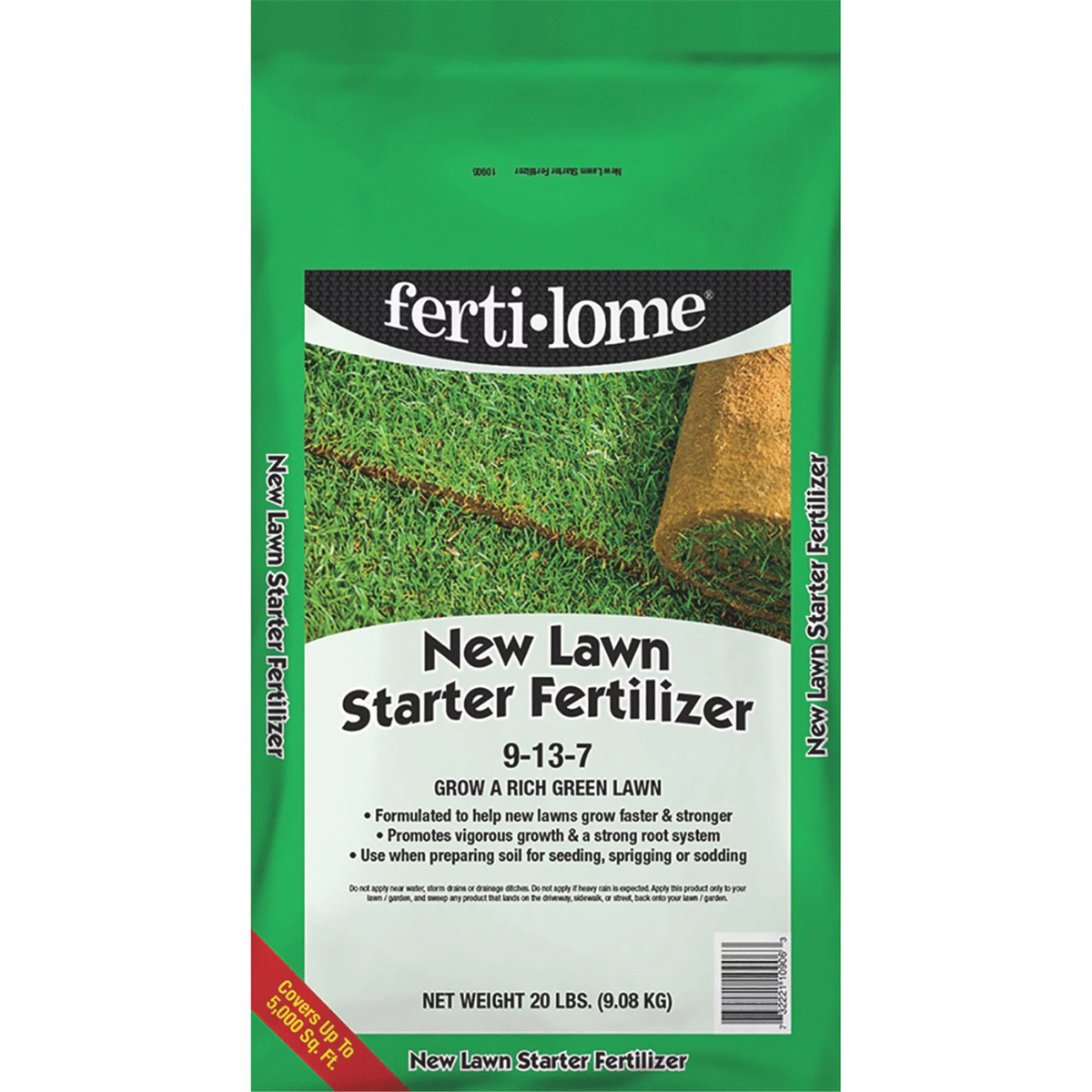

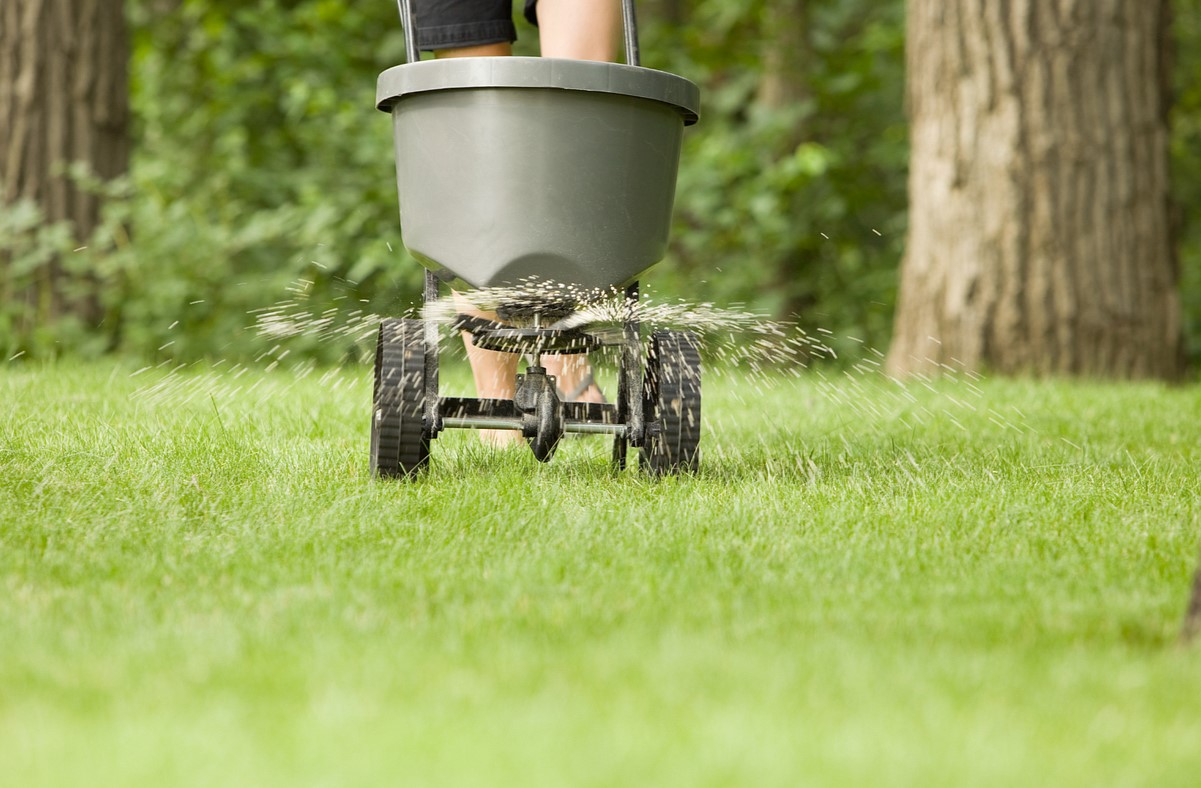
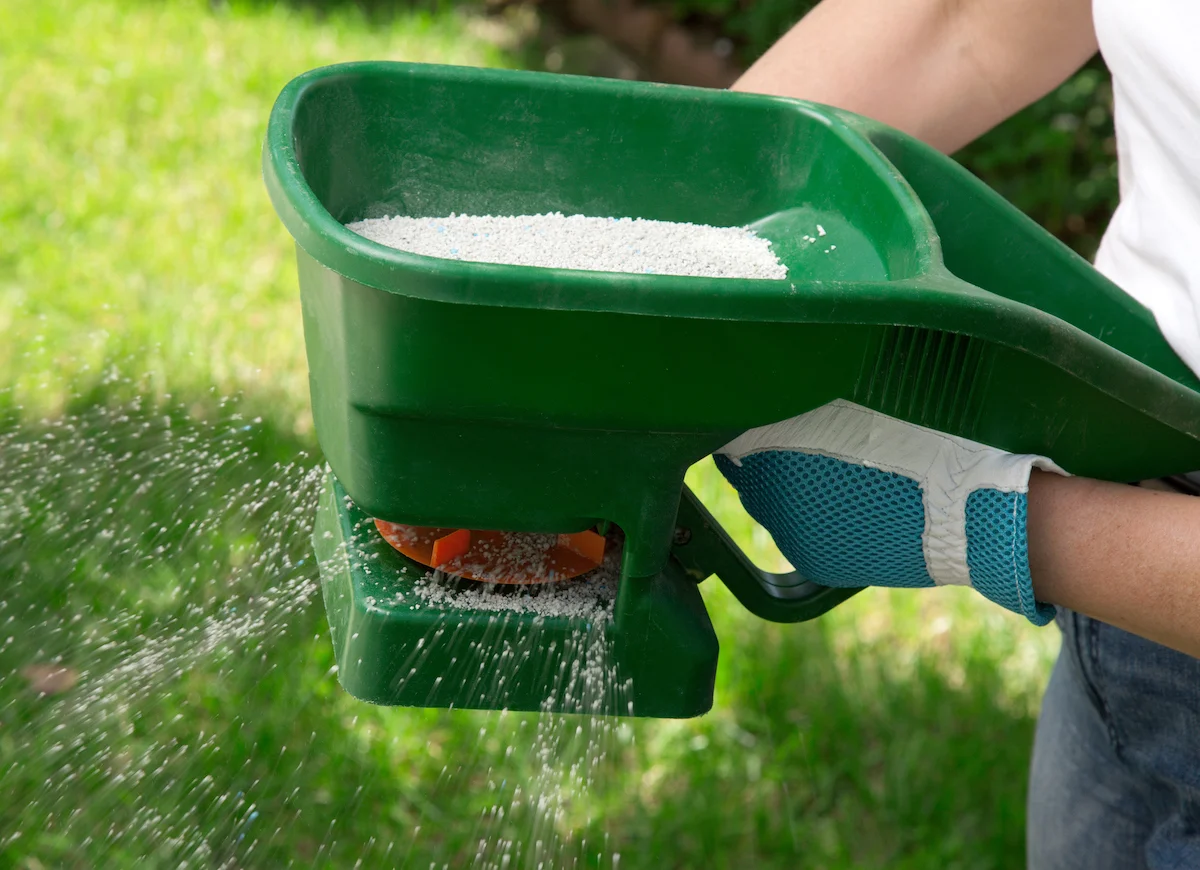
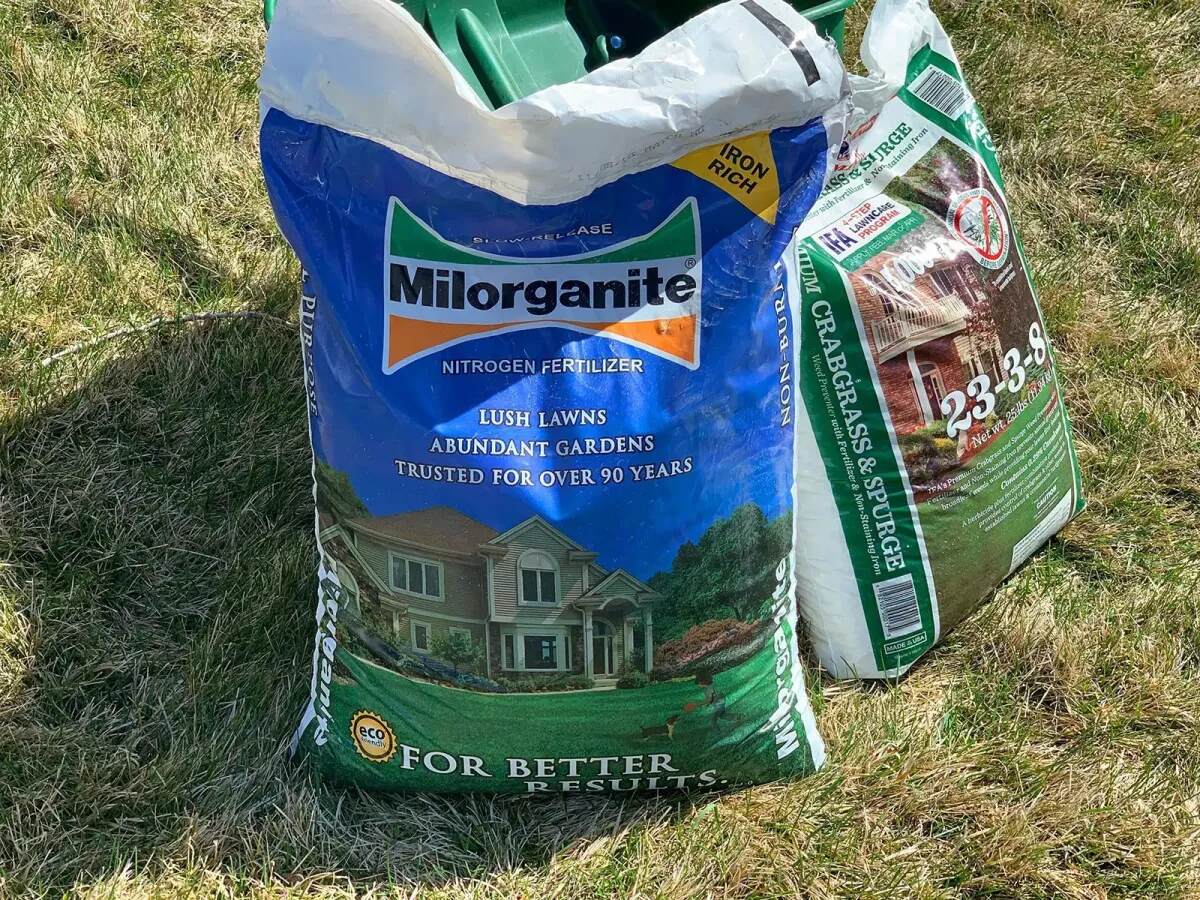
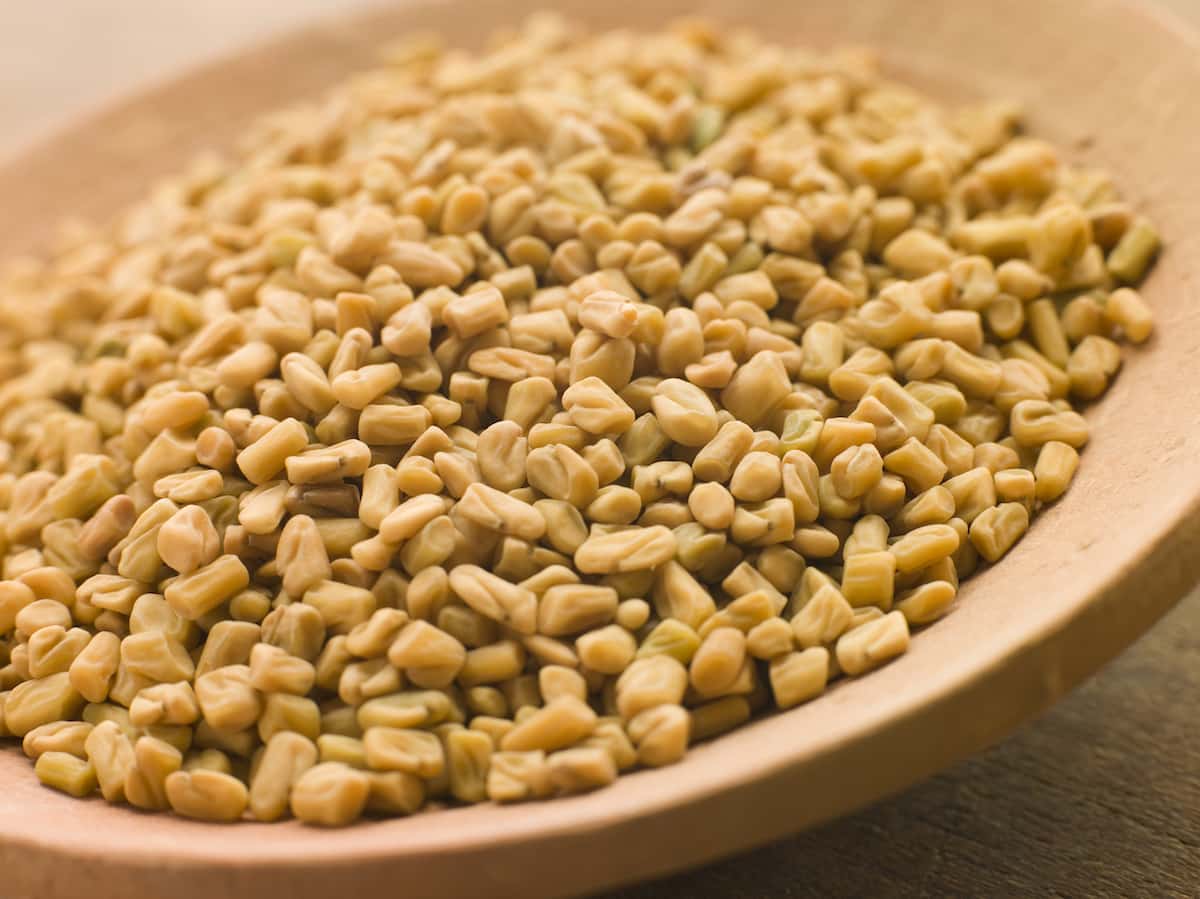
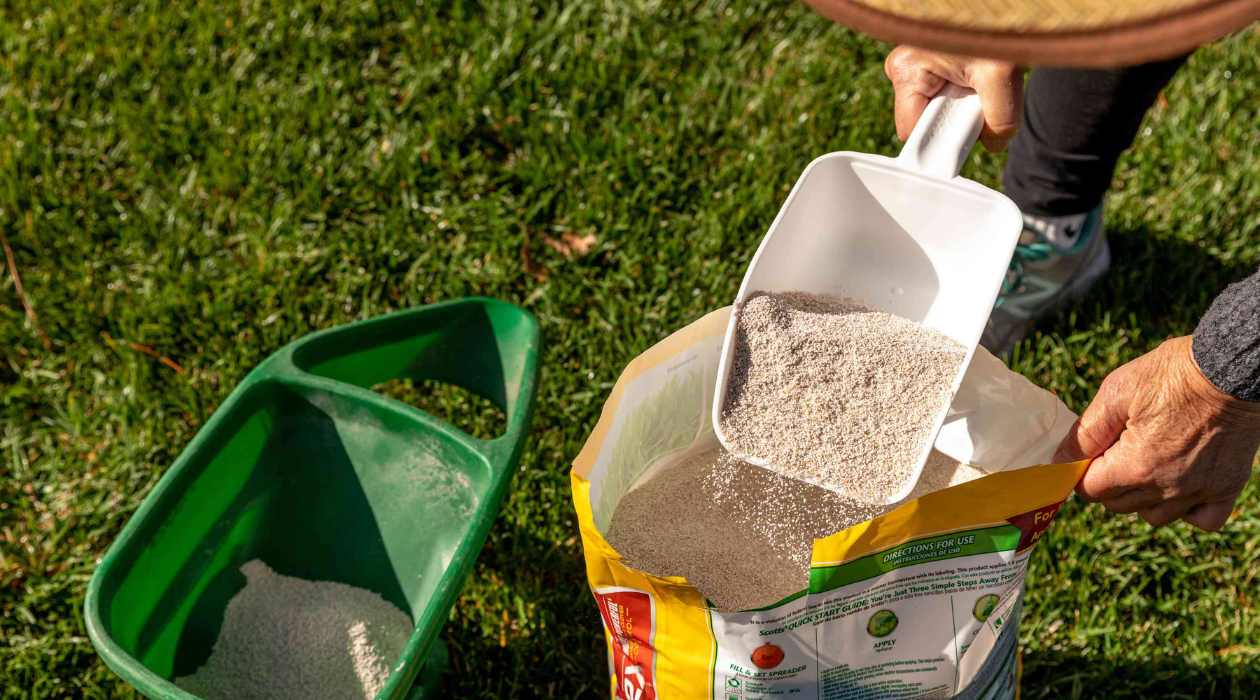

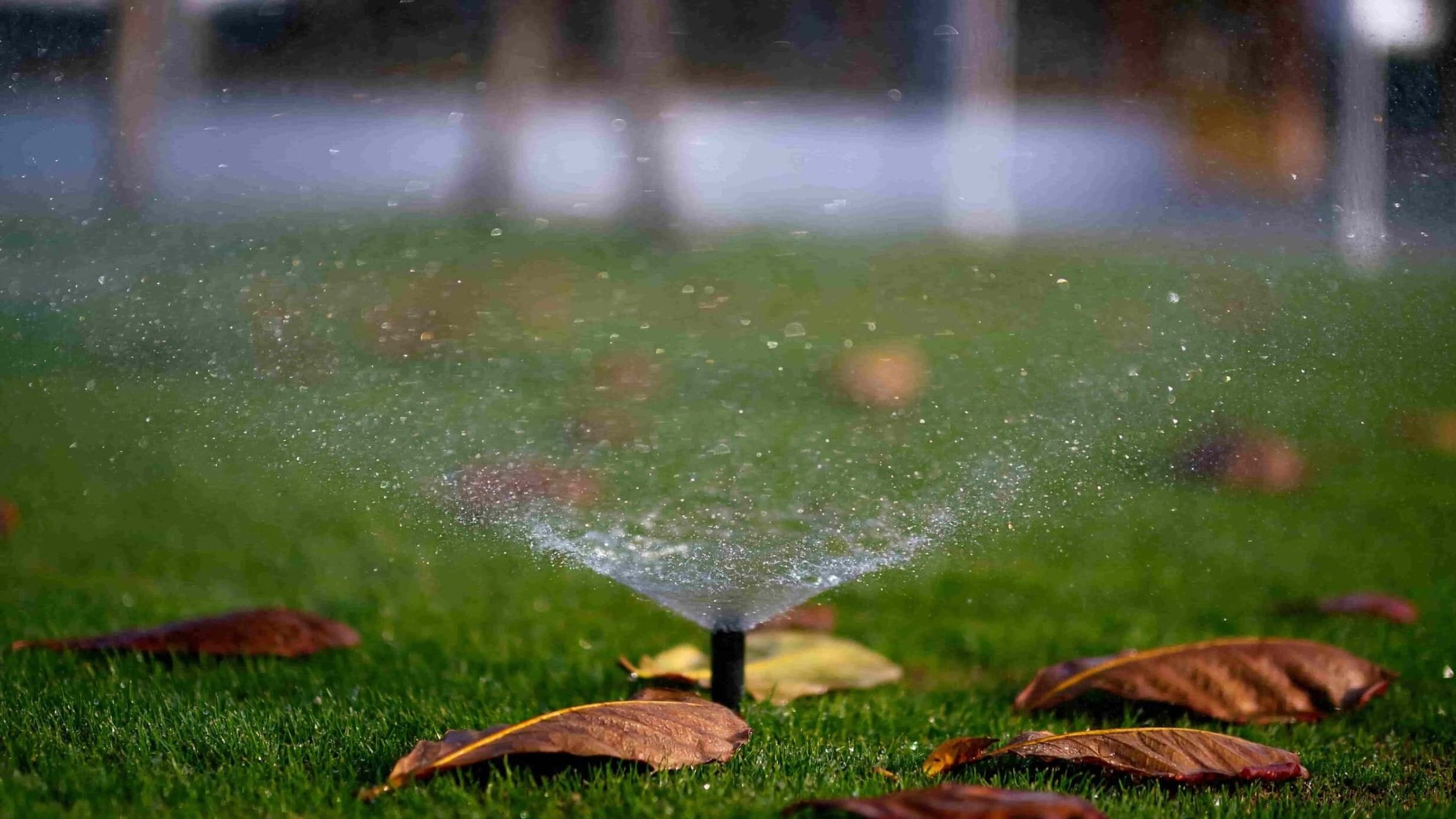
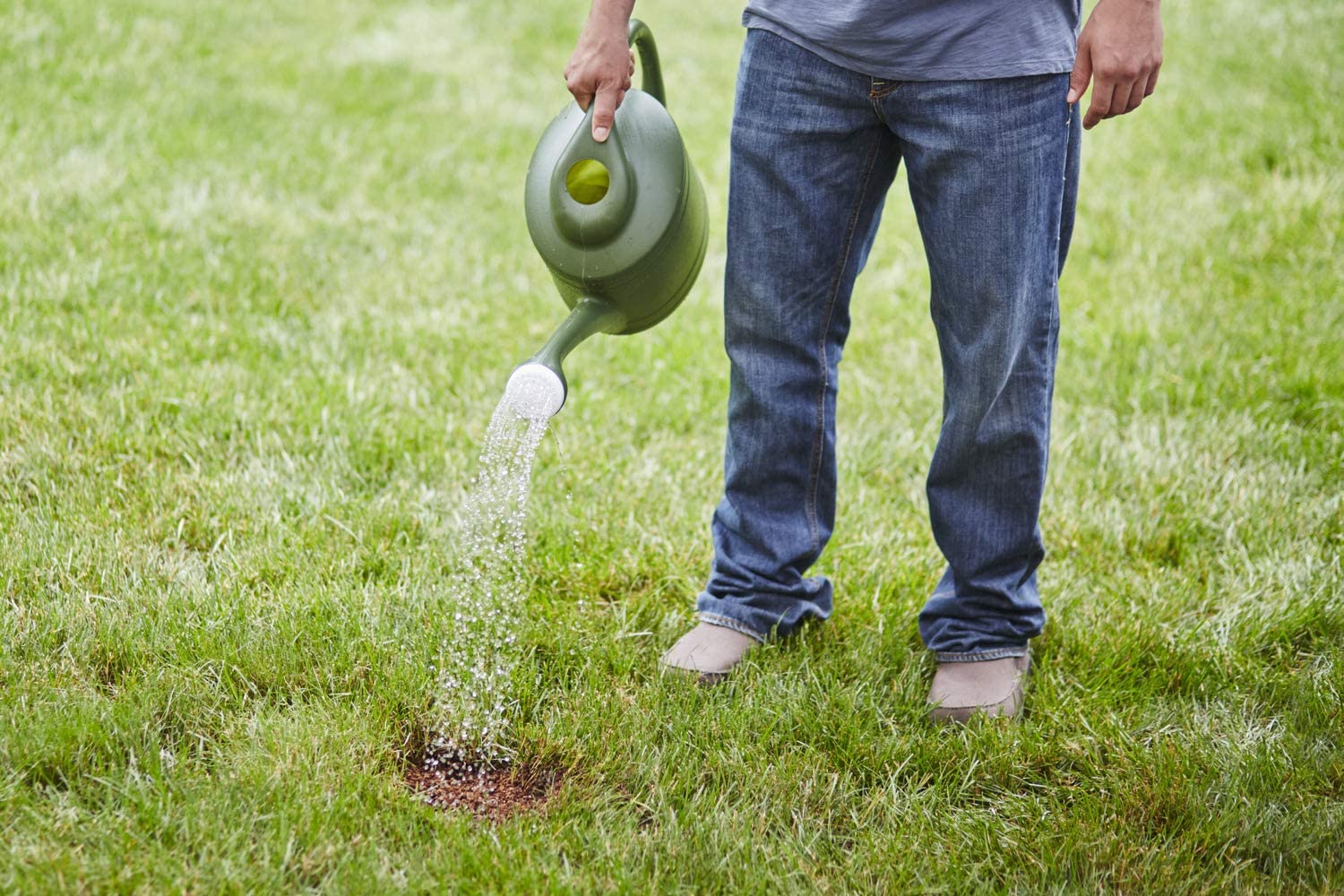
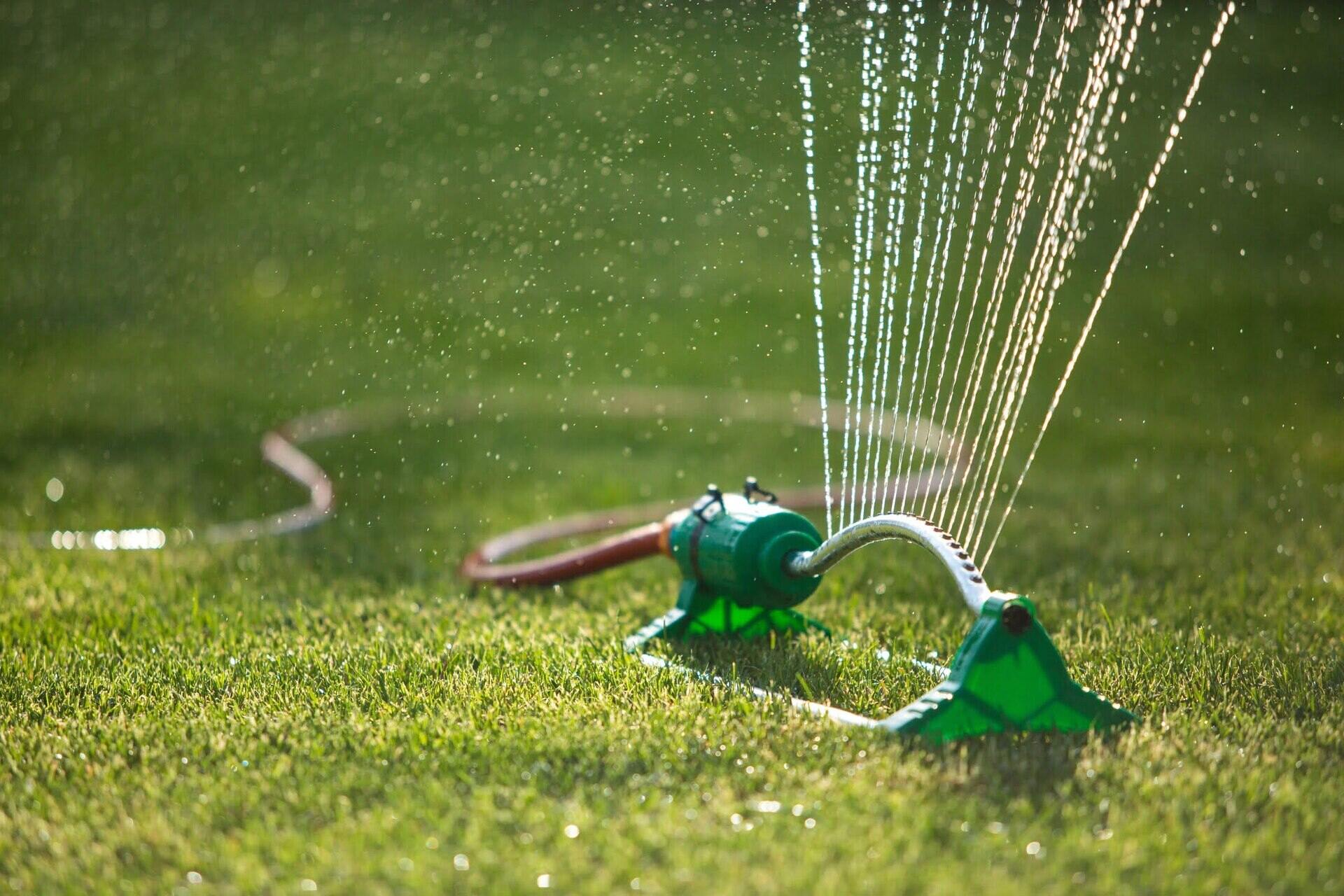


0 thoughts on “How To Fertilize New Grass Seed”